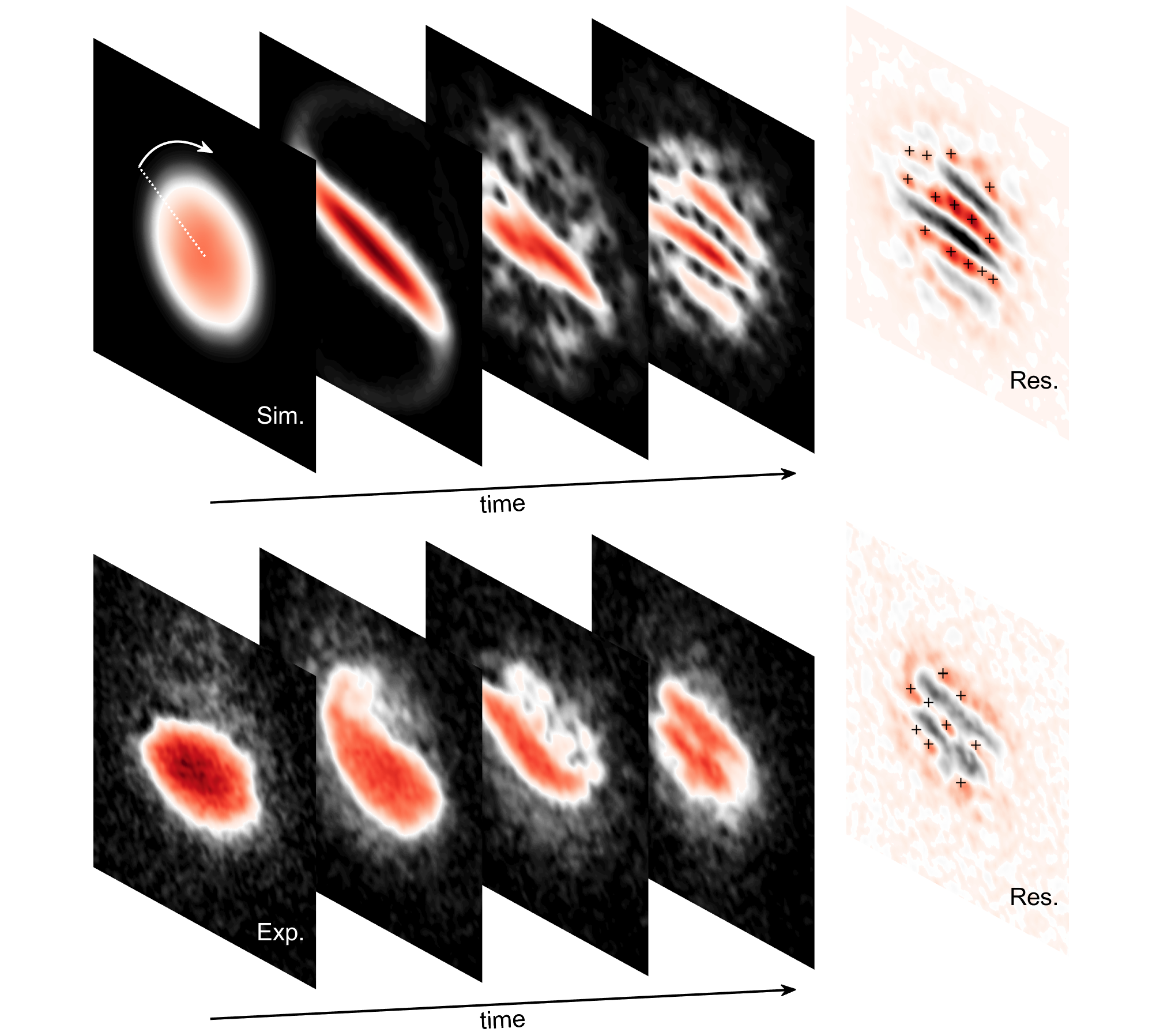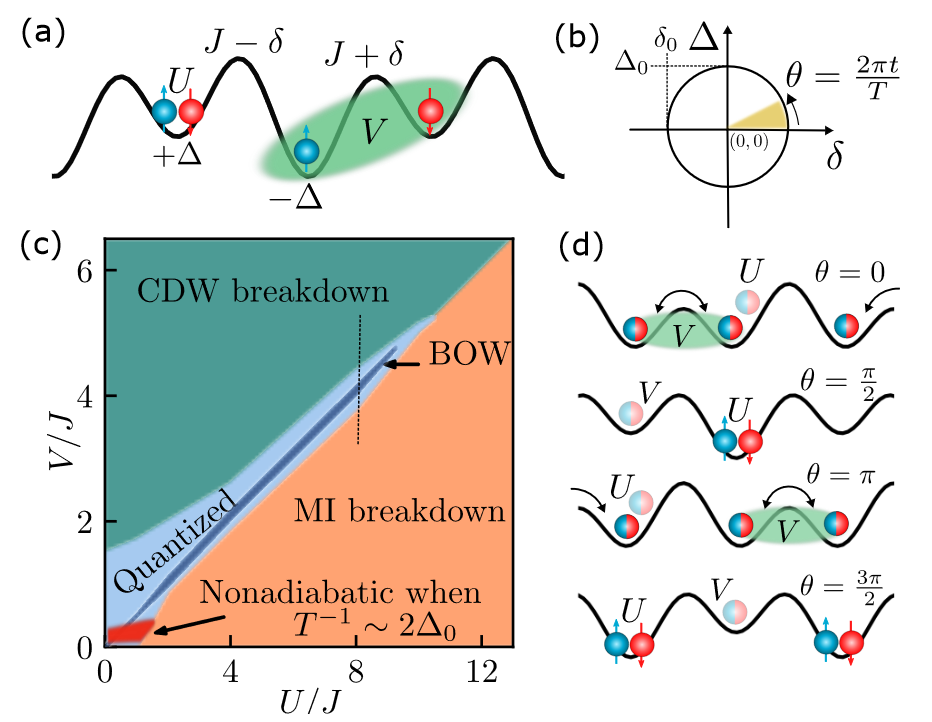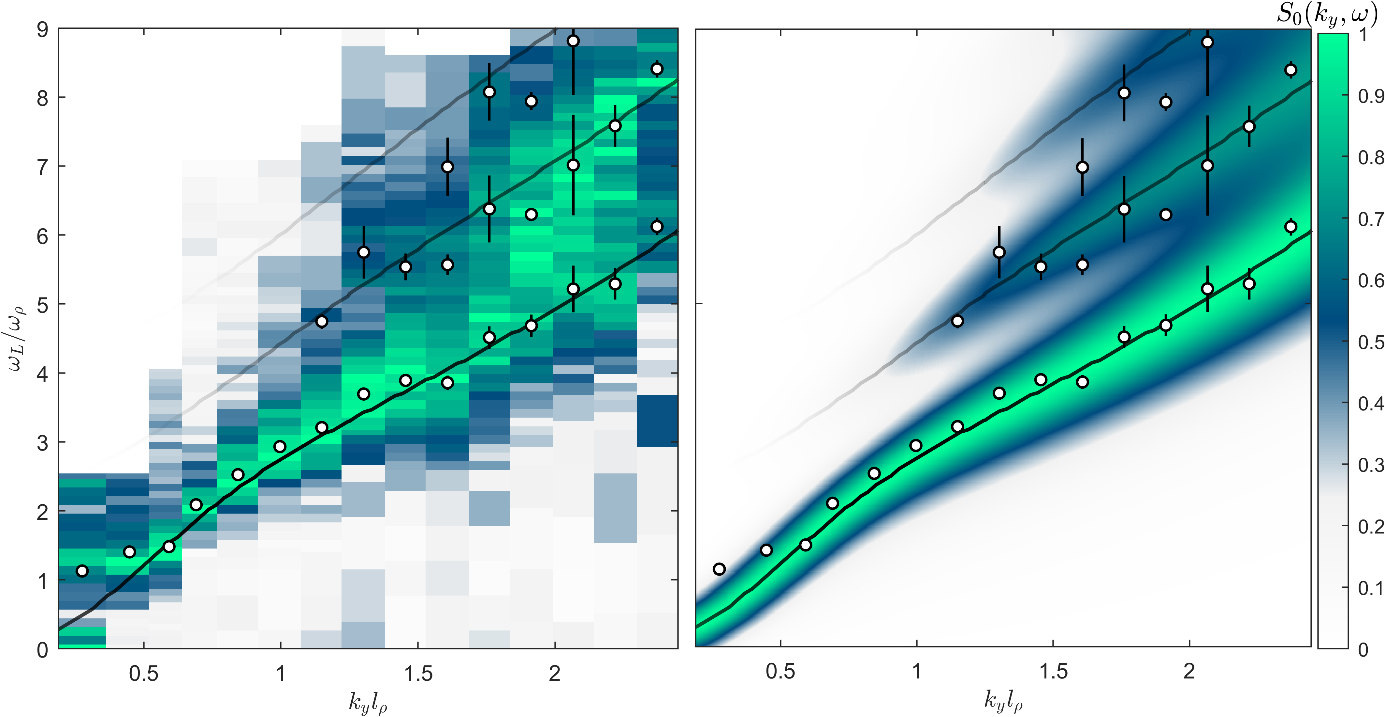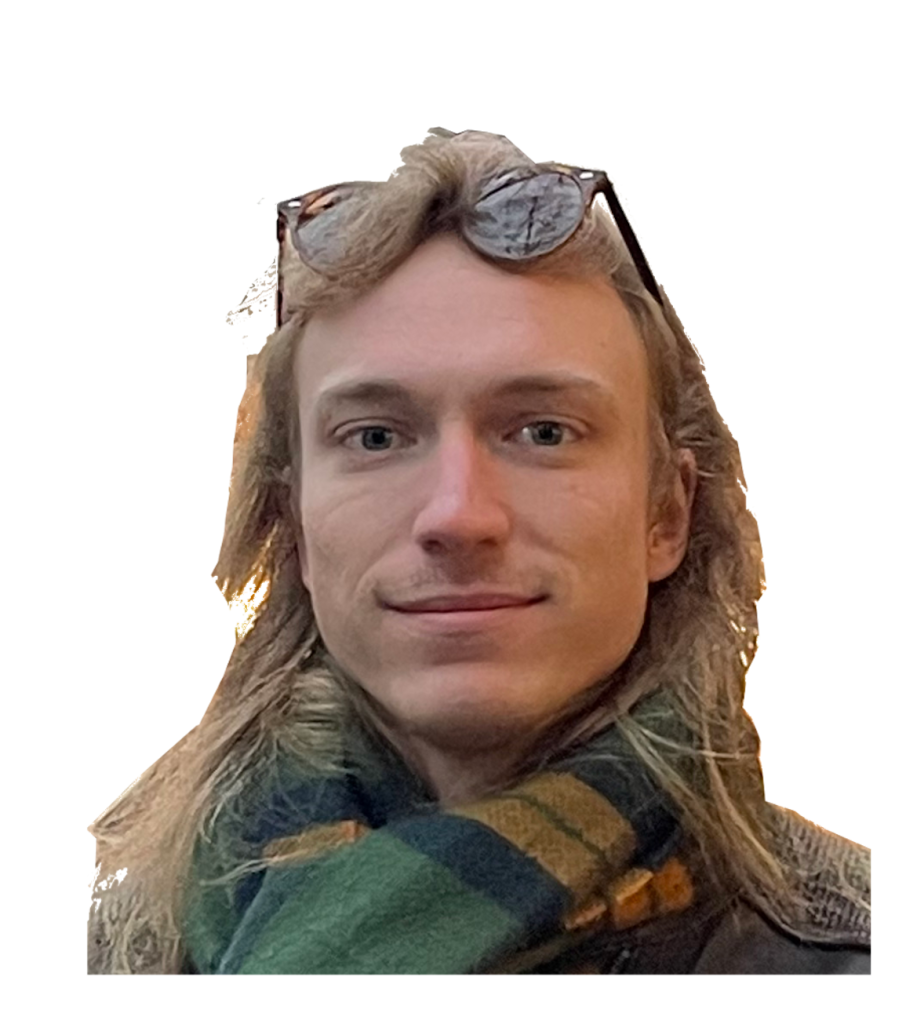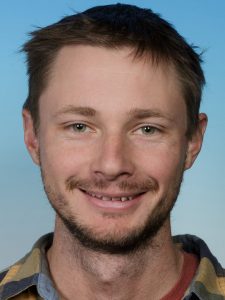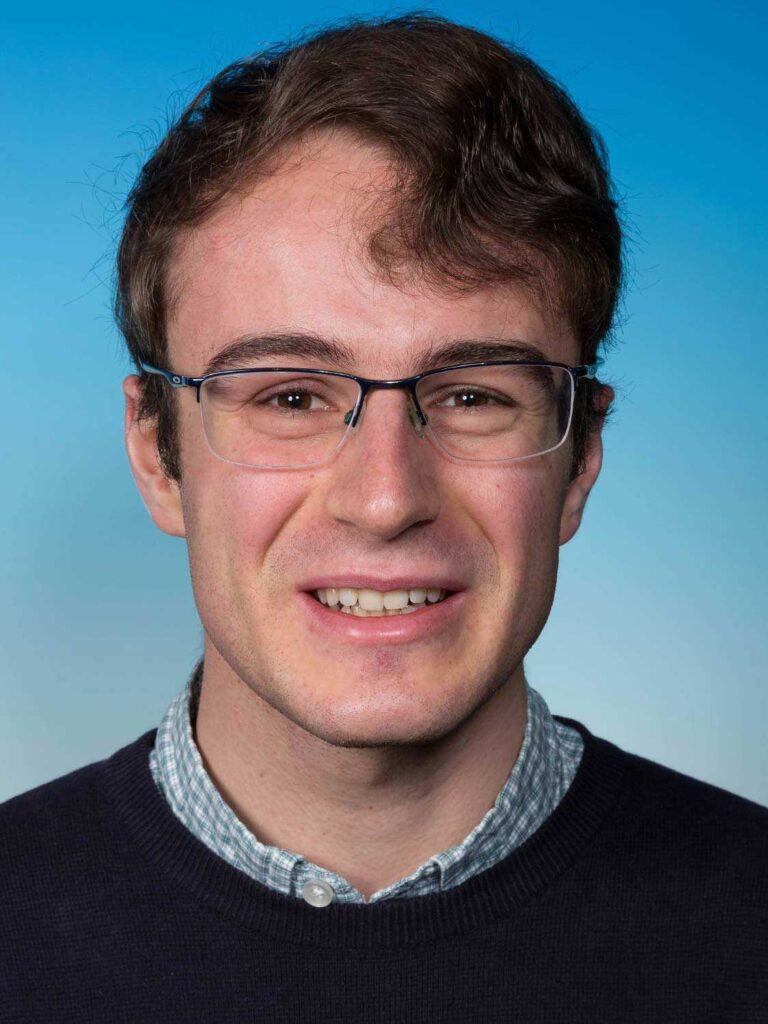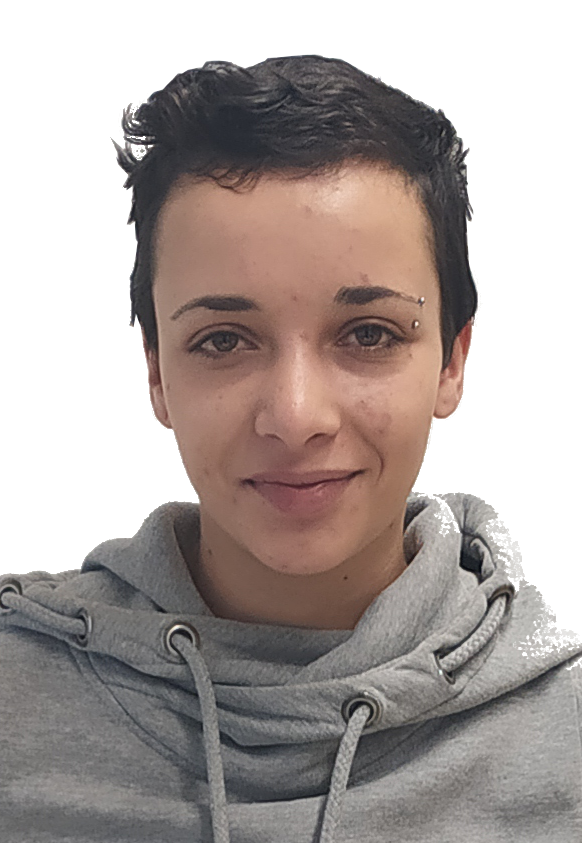
2025 Group Openings!
We are happy to announce that our dipolar quantum gas group has an Academy Scientist + Postdoc and PhD positions open for 2025!

PhD Position in San Sebastian
Apply now for building a powerful new platform for quantum simulation with dysprosium atoms in programmable optical tweezer arrays. More information in the Openings 2025 Section!

“Dance your PhD 2025” contest by Science and AAAS
Congratulations to our PhD student Arfor, who turned our research topics into a dazzling music video!

Long-Range Interactions Workshop 2025
Register now for the Long-Range Interactions Workshop 2025!

Vortices in a supersolid
2024’s Biggest Breakthroughs in Physics: Our research on the observation of vortices in a dipolar supersolid featured by Quanta magazine!

Austrian of the Year 2024
Francesca was crowned as the ‘Austrian of the Year’ in the research category at the Austria 24 gala by Die Presse!

Summer BBQ
Our 2024 Summer BBQ took place on the 24th of June and celebrated the many different achievements of the group!

Murder Mystery Dinner
Our 2024 group dinner took place on the 18th of January at CasoinN da Giorgio restaurant, with a 1920’s Murder Mystery theme!

Glitches in supersolids: links between neutron stars and quantum matter
By emulating the connection between a rotating supersolid phase and an external solid phase, we were able to replicate “glitches” – sudden jumps in the solid angular momentum driven by quantum vortices leaving the supersolid.

Cluster of Excellence Quantum Science Austria granted
Three Clusters of Excellence in Innsbruck have been funded! With highly endowed clusters of excellence, the Austrian Science Fund FWF creates Austrian flagships of basic research. The University of Innsbruck will coordinate the Cluster of Excellence for Quantum Sciences.
Our group studies dipolar quantum gases made of Erbium (Er) and Dysprosium (Dy) atoms. These extraordinarily magnetic species are a powerful new resource for reaching quantum simulation with strong connectivity, in which each atom is coupled to the other over long distances, and exploring exotic phases of matter that have no classical counterpart.
We have three labs: the ERBIUM LAB, where Er was Bose condensed for the first time ever, the Er-Dy LAB which studies quantum dipolar mixtures under a quantum-gas microscope, and the T-REQs LAB, where we trap Er atoms in arrays of optical tweezers for Rydberg physics. Recently, we have established a Theory Group aimed at studying and predicting dipolar phenomena in dipolar quantum gases and mixtures.
The group, led by Francesca Ferlaino, is jointly located at the Institute for Experimental Physics (IExP) of the University of Innsbruck and at the Institute for Quantum Optics and Quantum Information (IQOQI) of the Austrian Academy of Sciences, and it is part of the Innsbruck Center for Ultracold Atoms and Quantum Gases.
Follow our group’s updates on Bluesky  and LinkedIn
and LinkedIn  !
!
News from the labs
In this paper, together with Dr. Giacomo Lamporesi at the University of Trento, we investigate more thoroughly the conditions required to generate vortices through magnetostirring, focussing on the currently experimentally accessible regime.
Keep Reading ...
Together with collaborators at ICFO, Barcelona, we investigate Hubbard- Thouless pumps when including dipolar interactions. While on-site repulsion destroys the mechanism, adding non-local interactions can recover the Thouless pump mechanism …
Keep Reading ...
What happens when an dipolar quantum gas is excited? Read our pre-print to find out!
Keep Reading ...
Group news
Congratulations to Arfor for winning the UIBK Early Stage Funding grant!
Keep Reading ...
Andrea Litvinov, postdoc in the Er-Dy lab, has won the 2024 USPN Thesis Prize for his thesis “Manipulation of nuclear spins of strontium 87 in degenerate Fermi gases in SU(N) symmetry”.
Keep Reading ...
Congratulations to former postdoc in the Er-Dy LAB, Dr. Matthew Norcia, who was awarded the IUPAP Early Career Scientist Prize In Atomic, Molecular And Optical Physics 2024.
Keep Reading ...
Welcome and goodbye
Welcome to Clément Caille, who is joining the ERBIUM DYSPROSIUM lab for his Masters’ internship.
Keep Reading ...
We bade farewell to Amal El Arrach on the 15th of April 2024, when she defended her master thesis - congratulations!
Keep Reading ...
Goodbye and congratulations to Simon Gschwendtner for defending his master thesis on the 5th of April 2024!
Keep Reading ...
 and LinkedIn
and LinkedIn ![]() !
!










